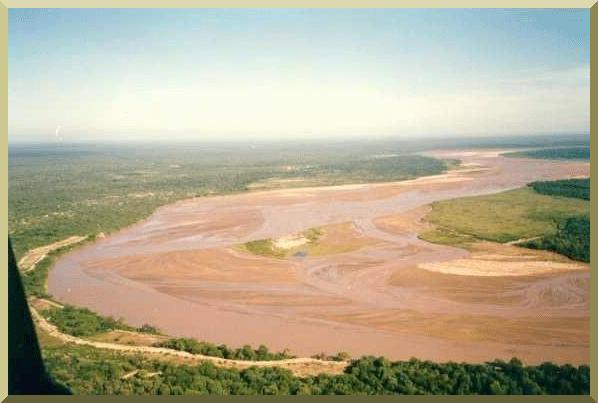|
In 1988, I wrote a paper entitled "Ultimate sediment concentration,"
1
which interpreted a statement in Chapter 4
of the ASCE
Manual No. 54: "Sedimentation Engineering" regarding sediment rating
curves. The paper concluded that typical sediment rating curves
show a trend toward a constant concentration of suspended bed material load at sufficiently high discharges.
The following year, right at the end of the Spring semester,
I visited Colorado State University in Gessler said: "Ponce, can I buy you
a cup of coffee?"
I answered in the affirmative, and we had coffee at the Student Center Cafeteria, the site of many
memorable experiences during my years at CSU in the late sixties and early seventies.
During the conversation, Johannes confided to me:
"I want you to know that I was so impressed by that paper that you presented at Colorado Springs last year,
that I decided to do something different this year in my graduate class in River Mechanics.
I told the students that the final would consist of an analysis of your paper.
There were twelve students in the class, and there
was a three-way split.
One third thought the paper was great, and that it had clearly thrown additional light on the subject.
Another third said that the paper was faulty, and that the concepts expressed were outright wrong.
The last third said they couldn't figure out for sure."
| ||
|
|
